Filter books by:
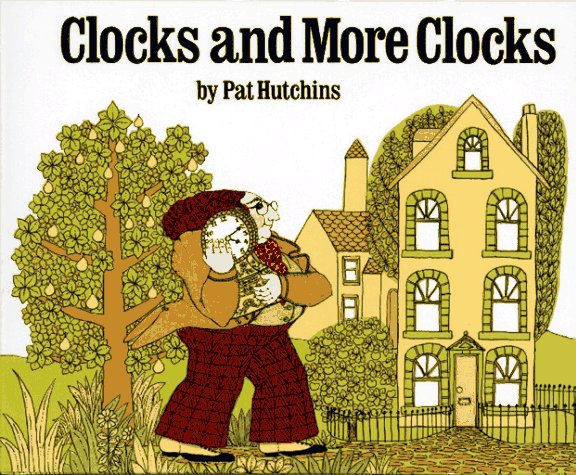
Clocks and More Clocks
Strand
Measurement
Maths Concepts
Australian Curriculum: Description
“When the hall clock reads twenty minutes past four, the attick clock reads twenty-three minutes past four, the kitchen clock reads twenty-five minutes past four, and the bedroom clock reads twenty-six minutes past four, what should Mr. Higgins do? He can’t tell whichc of his clocks tells the right time. He is in for a real surprise when the Clockmaker shows him that they are all correct!”
Teaching ideas
Why have Mr. Higgins clocks been right since he bought a watch?
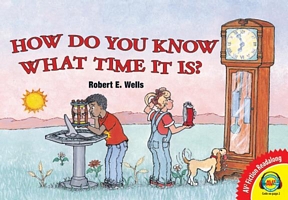
How do you know what time it is?
Strand
Measurement
Benchmarking
Maths Concepts
Australian Curriculum: Description
This book tells the story of time. From the earliest ‘clocks’ devised by Egyptians to moon cycles, solar calendars, Roman calendars, tme zones and time travel.
Teaching ideas
Used for a unit starter. Many fertile questions can be derived from this book. Test the accuracy of the ancient Egyptian 'stick-clock' system.
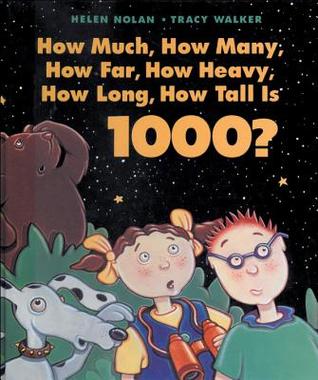
How Much, How Many, How Far, How Heavy, How Long, How Tall is 1000?
Maths Concepts
Australian Curriculum: Description
This book gives a huge variety of contexts to the number one thousand. As the title describes, they explore collections, quantities, distances, weight, length and height as the children in the story try to understand how ‘big’ one thousand really is.
Teaching ideas
(1) Lots and lots of hands-on experience helps students understand large numbers. Use pasta, coins, beads, counters, other manipulatives; (2) using technology students could do a line of 25 'o', then copy and paste it four times to show an array of 100; (3) wrapping paper and patterned fabrics can be used to circle collections too.
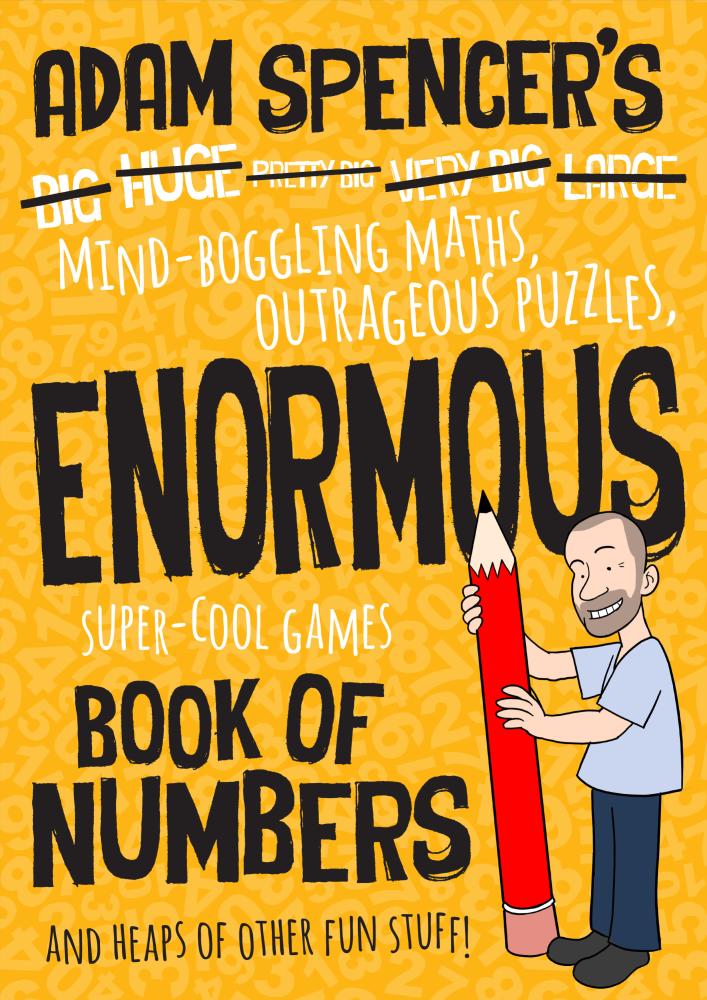
Adam Spencer’s Mind-Boggling Maths, Outrageous Puzzles, Enormous Super-Cool Games Book of Numbers and heaps of other fun stuff!
Strand
Algebra
Australian Curriculum Year Level
Year 5, Year 6, Year 7, Year 2, Year 3, Year 8, Year 4, Foundation Year, Year 1, Year 9
Multiplication and Division Triangle, Part-Part-Whole, Benchmarking, Find the Pattern, Draw what you can't see
Australian Curriculum: Description
Prep-Sort, describe and name familiar two-dimensional shapes and three-dimensional objects in the environment (ACMMG009); YR1-Recognise and classify familiar two-dimensional shapes and three-dimensional objects using obvious features (ACMMG022); YR2-Describe the features of three-dimensional objects (ACMMG043); YR3-Identify symmetry in the environment (ACMMG066); YR4-Investigate number sequences involving multiples of 3, 4, 6, 7, 8, and 9 (ACMNA074); YR5-Use efficient mental and written strategies and apply appropriate digital technologies to solve problems (ACMNA291); YR6-Construct simple prisms and pyramids (ACMMG140); YR7-Draw different views of prisms and solids formed from combinations of prisms (ACMMG161); YR8-Solve a range of problems involving rates and ratios, with and without digital technologies (ACMNA188); YR9-Express numbers in scientific notation (ACMNA210)
Teaching ideas
Real-world application in this book. Cross-curricular links are strong too, science, humanities, music, HPE etc
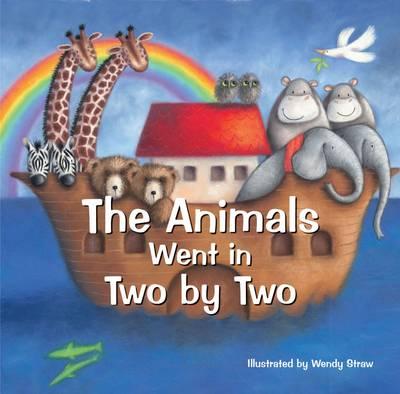
The Animals went in two by two
Maths Concepts
Australian Curriculum: Description
Investigate number sequences, initially those increasing and decreasing by twos, threes, fives and tens from any starting point, then moving to other sequences (ACMNA026)
Teaching ideas
Show students the concept of the jumping kangaroo on the number line. Use the animals from the book to show counting in 2s, 3s, 4s etc on the number line.
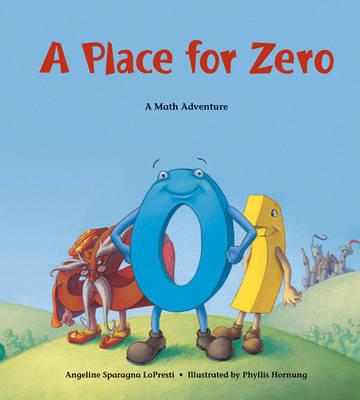
A place for zero
Strand
Number
Australian Curriculum Year Level
Year 2, Year 3, Foundation Year, Year 1
Maths Concepts
Australian Curriculum: Description
Establish understanding of the language and processes of counting by naming numbers in sequences, initially to and from 20, moving from any starting point (ACMNA001); Connect number names, numerals and quantities, including zero, initially up to 10 and then beyond (ACMNA002); Yr1-Recognise, model, read, write and order numbers to at least 100. Locate these numbers on a number line (ACMNA013); Yr2-Recognise, model, represent and order numbers to at least 1000 (ACMNA027); Yr3-Recall multiplication facts of two, three, five and ten and related division facts (ACMNA056)
Teaching ideas
Explore adding numbers up to 10 then beyond and up to 900. Explore adding and multiplying by 0. Conduct some experiments with 'numberator' and 'multi-tube'.

One Thing : featuring Charlie and Lola
Strand
Number
Maths Concepts
Australian Curriculum: Description
F.Y-Connect number names, numerals and quantities, including zero, initially up to 10 and then beyond (ACMNA002); Yr1-Represent and solve simple addition and subtraction problems using a range of strategies including counting on, partitioning and rearranging parts (ACMNA015); Yr2-Explore the connection between addition and subtraction (ACMNA029); Yr3-Recognise, model, represent and order numbers to at least 10 000 (ACMNA052); Yr3-Tell time to the minute and investigate the relationship between units of time (ACMMG062); Yr4-Recognise, represent and order numbers to at least tens of thousands (ACMNA072); Yr5-Convert between units of time (ACMMG085); Yr6-Select and apply efficient mental and written strategies and appropriate digital technologies to solve problems involving all four operations with whole numbers (ACMNA123)
Teaching ideas
Teach other vocabulary that is often used differently in everyday language such as the examples in the book; e.g. "how about no things" meaning 0 things. Explore time and how long the morning routine takes students in the class. Counting and counting on items.
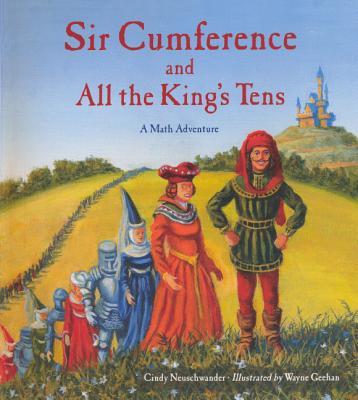
Sir Cumference and All the King’s Tens
Strand
Number
Maths Concepts
Australian Curriculum: Description
2-Recognise, model, represent and order numbers to at least 1000 (ACMNA027); 2-Group, partition and rearrange collections up to 1000 in hundreds, tens and ones to facilitate more efficient counting (ACMNA028); 3-Recognise, model, represent and order numbers to at least 10 000 (ACMNA052); 3-Apply place value to partition, rearrange and regroup numbers to at least 10 000 to assist calculations and solve problems (ACMNA053)
